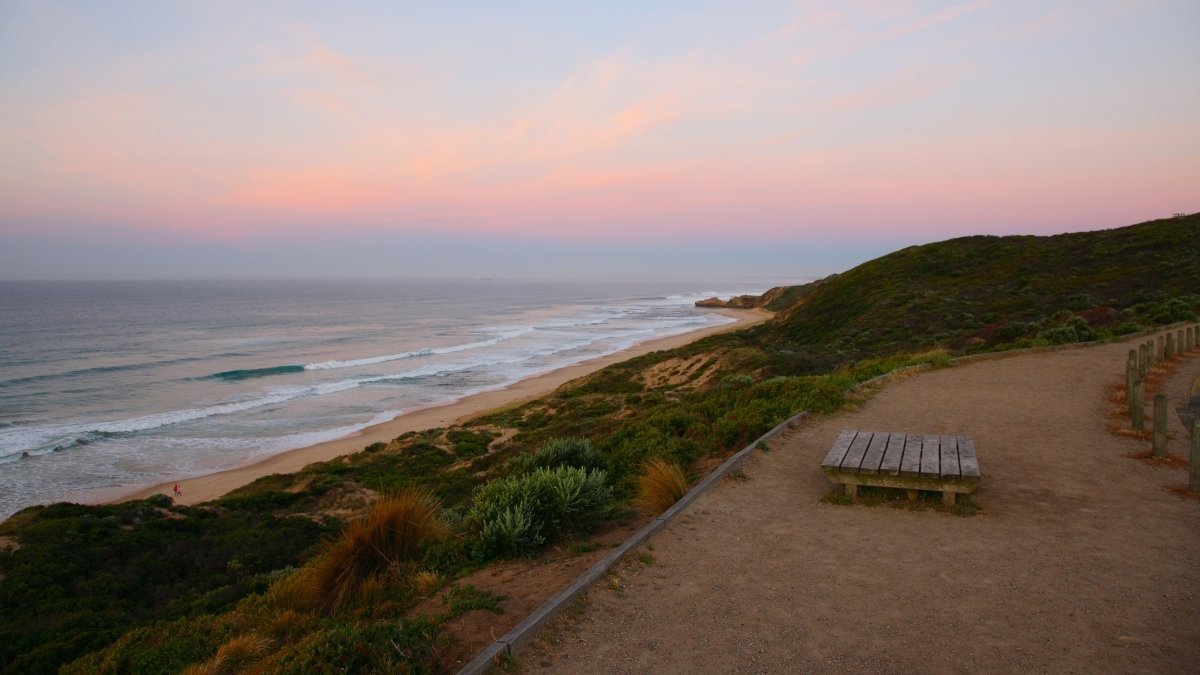That perfect shot of Yosemite or Big Sur is a beautiful lie. It conveniently omits the reality: the bumper-to-bumper traffic, the reservations booked a year out, and the crushing disappointment of a wilderness that feels more like a crowded mall.
We’ve been sold a travel map that funnels everyone to the same few coastal spots, teaching us the center of the country is just empty space to be ignored.
This is the great American travel myth. The truth is, the most profound, breathtaking, and real landscapes are waiting in the very states you were told to fly over. This guide isn’t just a list; it’s a new map to an authentic America.
1. South Dakota
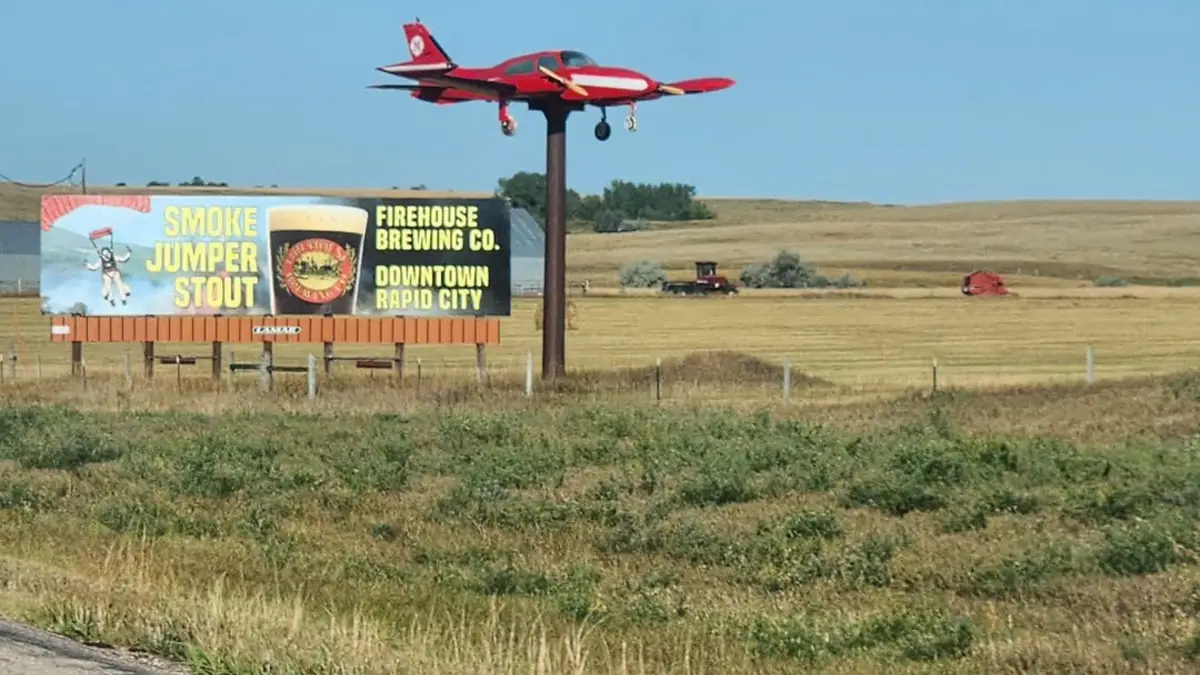
A trip into Badlands National Park is like watching a play. Unlike mountain parks you can see from miles away, the Badlands keeps its secret until you are right there. The prairie rolls on, looking normal, until the ground just falls away.
It reveals a maze of strange spires, layered hills, and deep canyons in shades of rose, tan, and gray. This is a landscape with wild shapes and strange colors that seems like it belongs on another planet. It is one of the world’s richest fossil beds.
The remains of ancient rhinos, horses, and saber-toothed cats are slowly washing out of the soft earth. It’s a story of ancient times written in layers of dirt.
California’s desert parks, like Joshua Tree and Death Valley, have their own simple beauty. They are places of sand, stone, and spiky plants.
The Badlands, however, has a more complex and changing geology. It is not a still desert but a place of constant, visible change. Every rainstorm reshapes the soft clay and uncovers new secrets. The experience feels more like exploring another planet than a desert on Earth.
Outside the park, South Dakota’s beauty continues. Custer State Park in the Black Hills has one of the country’s largest free-roaming bison herds. Seeing them along the Wildlife Loop Road is an amazing sight.
The Peter Norbeck Scenic Byway winds through granite tunnels and past sharp rock spires. Spearfish Canyon offers a green contrast, with waterfalls flowing over limestone cliffs.
Badlands National Park gets just over 1 million visitors a year. This gives you a chance for quiet and wonder that you just can’t get in Joshua Tree National Park. Joshua Tree sees over 3 million visitors packed into its desert.
2. Arkansas
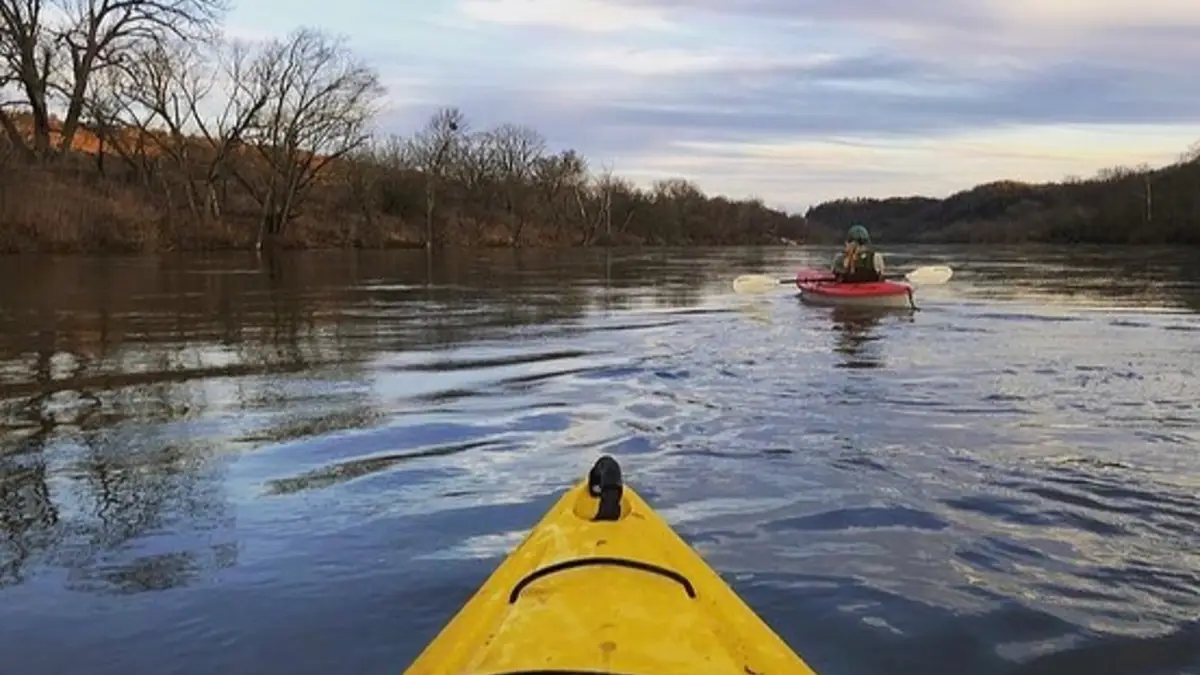
Deep in the northwest corner of Arkansas is a land of old, rounded mountains, deep valleys, and incredibly clear rivers: the Ozarks. This is not the sharp, dramatic granite of California’s Sierra Nevada.
It is something older, greener, and more personal. The heart of this area is the Buffalo National River. It was the first river in the United States to get this special protection. To float the Buffalo is to drift past tall limestone bluffs and quiet sandbars, under a thick forest. The experience is both an adventure and a peaceful break.
The Ozark National Forest, which surrounds the river, is a hiker’s dream of “jaw-dropping” beauty. Trails lead to natural wonders like Whitaker Point (Hawksbill Crag). This amazing rock sticks out over the forest, offering one of the best views in the South.
Compared to the often dry, sunny foothills of the Sierras, the Ozarks are a world of water and green.
The forest has a surprising number of waterfalls. You can see the unique Glory Hole Falls, where a creek has cut a hole through a rock ledge. You can also see the gentle streams of Triple Falls.
The state’s effort to protect its natural places is clear everywhere. Petit Jean State Park, Arkansas’s first, is a beautiful example of Civilian Conservation Corps (CCC) work. It has the historic Mather Lodge and trails leading to the powerful 95-foot Cedar Falls.
To the south, Hot Springs National Park is the oldest federally protected area in the country. It offers a unique mix of natural hot springs and historic bathhouses.
For those who like high places, Mount Magazine State Park has the highest point in the state, with wide views over the Arkansas River Valley.
The Ozark National Scenic Riverways, a similar place to the Buffalo, gets about 1.3 million visitors a year.
This allows for a personal and uncrowded river trip. It’s very different from the often-packed rivers and lakes of California in the summer.
3. Nebraska
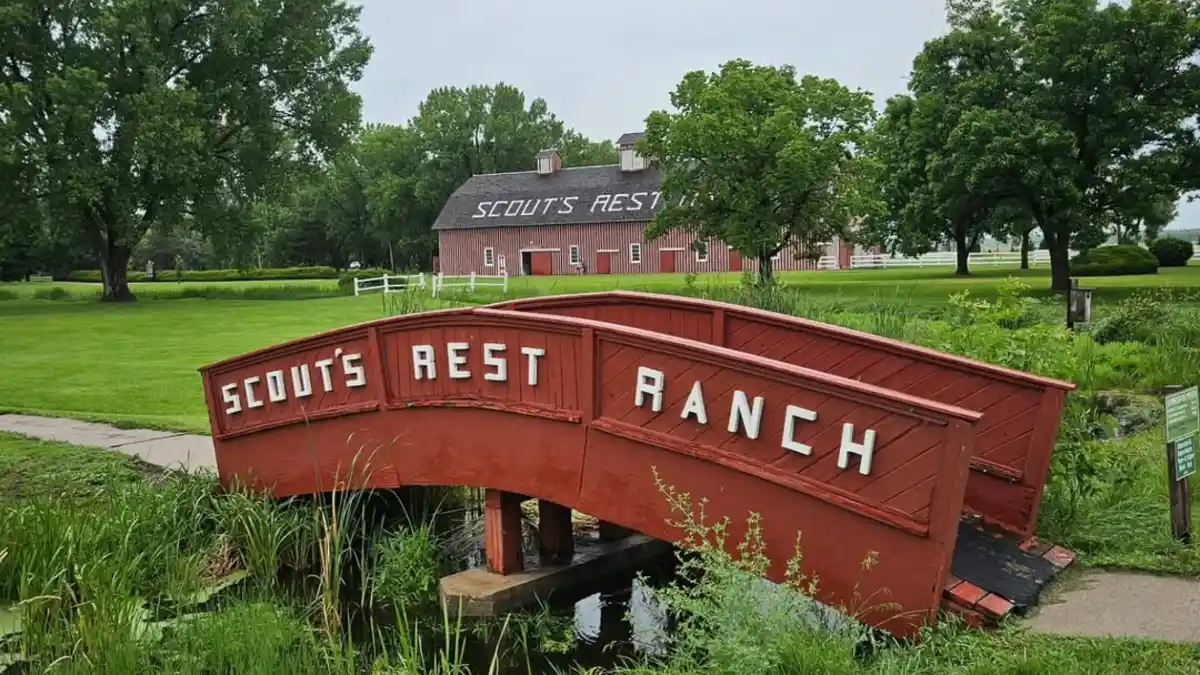
Nebraska is maybe the state hurt most by the “flyover” label. People often think it’s just a flat, endless cornfield. The truth is a landscape of quiet, deep, and historic beauty. The Nebraska Sandhills are one of the largest grass-covered dune systems in the world.
They cover almost a quarter of the state. These are not empty desert dunes. They are rolling hills covered in prairie grasses, a special and delicate place that whispers its beauty instead of shouting.
Farther west, in the panhandle, the land rises up with shapes that are part of the American story. Chimney Rock and Scotts Bluff National Monument are not just interesting rocks.
They were key landmarks for hundreds of thousands of pioneers on the Oregon, California, and Mormon Trails. To stand below them is to feel a direct link to the westward movement that shaped the country.
California has its own simple landscapes, but Nebraska’s landmarks have a storytelling power that is hard to match.
They are monuments of both geology and history. For a truly strange experience, Toadstool Geologic Park offers a landscape of bizarre mushroom-shaped rocks. It’s as interesting as any of California’s desert sights, but without the crowds.
The state’s natural wonders are not just rock and sand. Every spring, the Platte River Valley hosts one of the world’s greatest wildlife shows: the Sandhill Crane migration. Nearly 80 percent of the world’s population—about 500,000 birds—gather here.
This event is so impressive it has brought naturalists like Jane Goodall to see it many times. For those who like to travel by foot or bike, the 192-mile Cowboy Trail follows an old railway line across the northern part of the state. It offers a deep dive into the prairie.
A 2024 poll showed Nebraska is one of the five least-visited states by Americans. This isn’t because it’s not worth seeing. It’s a promise. A trip here offers a true experience of wide-open space.
4. North Dakota
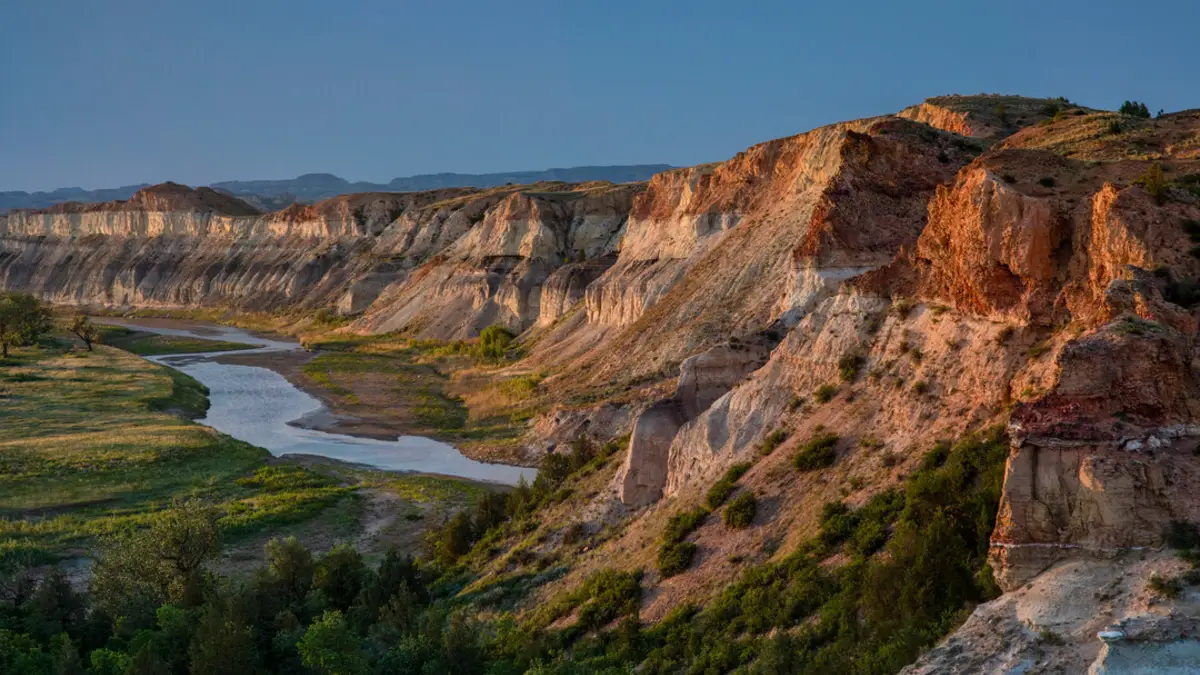
In the western part of North Dakota is the only national park in the United States named after one person: Theodore Roosevelt National Park. This is the landscape that helped a future president heal after a personal loss.
It gave him the love for conservation that led to the creation of the National Park System. The park is a beautiful mix of painted canyons, petrified forests, and rugged badlands cut by the Little Missouri River.
It is a place full of life. Huge herds of bison roam the grasslands, groups of wild horses graze on the hills, and prairie dog towns are full of activity.
California’s Anza-Borrego Desert State Park has impressive badlands. But Theodore Roosevelt National Park offers a richer, more complete environment.
The Little Missouri River flows through it, creating a lively area that supports more wildlife than you’ll see in California’s drier parks.
The park also has a powerful history. When you explore the Elkhorn Ranch Unit, where Roosevelt lived and worked, you walk in the footsteps of the man who did more than anyone to save America’s wild places.
The state’s unique character goes beyond the park. The Enchanted Highway is a 32-mile road with a series of huge, fun metal sculptures. It’s a quirky example of prairie art.
To the north, Lake Sakakawea, a huge lake on the Missouri River, offers over a thousand miles of shoreline for boating and fishing.
And for the truly adventurous, the 144-mile Maah Daah Hey Trail offers a big trip for hikers, bikers, and horseback riders through the heart of the badlands.
Theodore Roosevelt National Park gets between 700,000 and 875,000 visitors each year.
This allows for a national park experience with quiet and connection. That kind of experience is a distant memory in California’s parks, which see millions of visitors.
5. Kansas
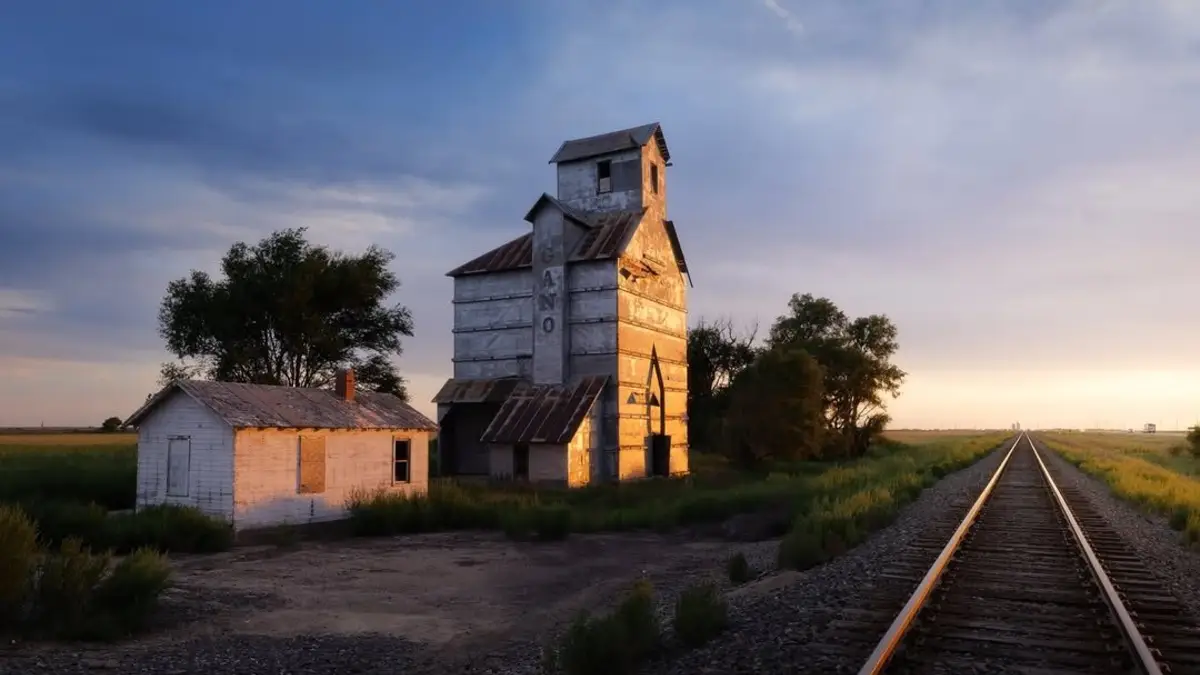
The common picture of Kansas is that it’s completely flat. But in the western part of the state, the prairie has amazing geological sights that are a total surprise.
Monument Rocks, also called the Chalk Pyramids, are tall formations of soft limestone that rise up to 70 feet from the plains. These National Natural Landmarks are full of fossils from a time when a great inland sea covered the area.
A short drive away, Little Jerusalem Badlands State Park shows another dramatic landscape of chalk spires and hills. It’s a smaller version of the Badlands, carved from the same ancient seabed.
California has its own cool rock formations, like the Trona Pinnacles. But those are usually in a brown and gray desert setting.
The Kansas formations offer a much stranger visual contrast. You see bright white and pale yellow chalk rising from the green and gold tallgrass prairie. It is a landscape that feels both ancient and alive.
The eastern half of the state is mostly the Flint Hills. This is one of the last large areas of the tallgrass prairie ecosystem in North America.
Driving the Flint Hills National Scenic Byway shows you a sea of rolling hills, native grasses, and wildflowers that go on forever. The Tallgrass Prairie National Preserve has hiking trails that let you walk right through this endangered landscape.
For a different kind of beauty, Wilson Lake is known as the “Clearest Lake in Kansas.” It has turquoise waters against rugged limestone cliffs. Some say its mountain biking trails are as good as those in Utah.
And for something a little weird, the 5-acre Mushroom Rock State Park has unique, mushroom-shaped sandstone rocks that are perfect for climbing and exploring.
As one of the least-visited states in the country, Kansas offers a rare chance to see these amazing geological and natural sites with almost no one else around.
A sunset at Monument Rocks is an experience you share with the sky and the wind, not a crowd of other tourists.
6. Michigan
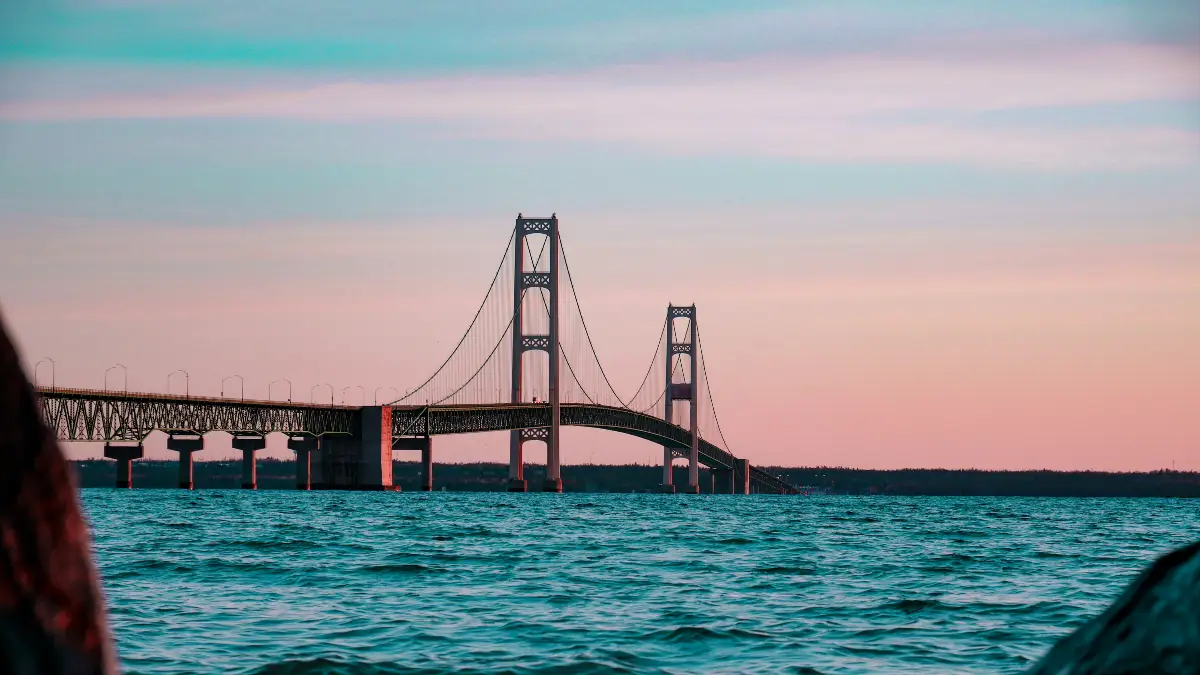
Along the southern shore of Lake Superior in Michigan’s Upper Peninsula is a coastline so bright and dramatic it looks like it’s from a tropical island. Pictured Rocks National Lakeshore is known for its 15 miles of tall sandstone cliffs.
They are streaked with mineral stains of iron, copper, and manganese that give the park its name. The water of Lake Superior here is a shocking, clear turquoise. This creates a color combination you’d expect to see in the Caribbean, not the Midwest.
The best way to see this landscape is from the water. Boat tours and kayak trips glide past sea caves, natural arches like the Grand Portal, and famous formations like Miners Castle.
California’s coastline is famous, especially the cliffs of Big Sur. But Pictured Rocks offers a unique mix of features that Big Sur can’t match.
It has the incredibly clear, fresh water of the Great Lakes, easy-to-reach sea caves for kayakers, and a rainbow of colors in the rock itself.
Also, the land around it is a thick, wild forest with powerful waterfalls like Miners Falls and Munising Falls.
Michigan’s scenic beauty isn’t just in one place. Sleeping Bear Dunes National Lakeshore, on the coast of Lake Michigan, is a completely different world. It has huge, 450-foot sand dunes that drop right into the bright blue water.
The remote and rugged Isle Royale National Park is a protected wilderness in the middle of Lake Superior. It offers a one-of-a-kind experience for backpackers and wildlife watchers.
It’s home to healthy populations of moose and wolves. And the inside of the Upper Peninsula is a huge wilderness, home to Tahquamenon Falls, one of the largest waterfalls east of the Mississippi River.
While Pictured Rocks has become more popular, its 910,939 visitors in 2023 are nothing like the millions who crowd California’s coastal highways.
For an even bigger escape, Isle Royale National Park is one of the least-visited national parks in the country, with just over 28,000 visitors a year.
7. Minnesota
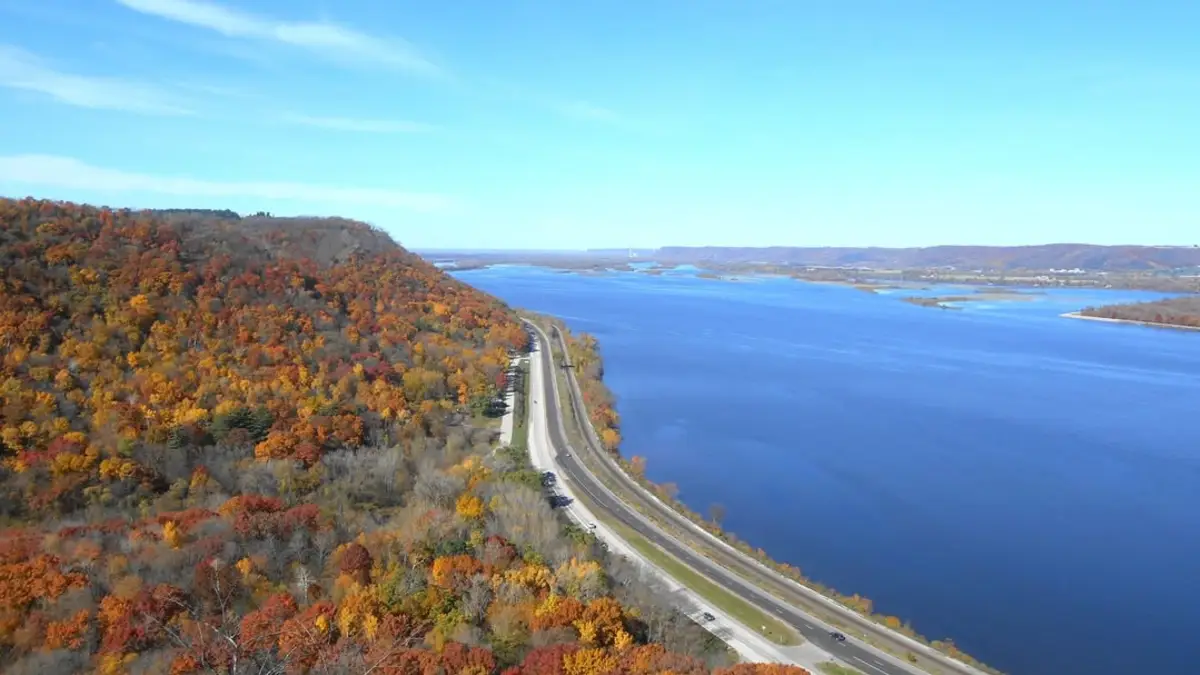
Where Minnesota meets Canada, the land turns into water. Voyageurs National Park is a place defined by its huge, connected lakes—Rainy, Kabetogama, Namakan, and Sand Point. You can only get to most of it by boat.
This is a world of granite islands, thick northern forest, and the lonely call of the loon. It offers a deep wilderness experience. You can travel the same waterways used by the French-Canadian fur traders, or voyageurs, who gave the park its name.
California has beautiful mountain lakes like Tahoe. But they are often surrounded by buildings and busy with motorboats.
Voyageurs offers something much wilder and quieter. It is a park where you can camp on your own private island. You can fish for walleye and northern pike in clean waters. You can also watch the northern lights dance in the dark night sky.
South of Voyageurs, the North Shore Scenic Drive along Lake Superior is one of the most beautiful road trips in America.
The 150-mile route from Duluth to the Canadian border is a constant stream of dramatic cliffs, pebble beaches, and waterfalls that flow right into the great lake. State parks are all along the route, each with a unique sight.
There’s the famous Split Rock Lighthouse on a cliff, the powerful waterfalls of Gooseberry Falls, and the dramatic river canyon at Tettegouche State Park.
Farther from the lake, the Boundary Waters Canoe Area Wilderness offers over a million acres of clean lakes and forests. It’s a paradise for anyone who loves to paddle.
Voyageurs National Park is one of the country’s most underrated parks. It gets only about 243,000 visitors a year. This guarantees a level of quiet that lets you truly connect with the wild, northern landscape.
8. Wisconsin
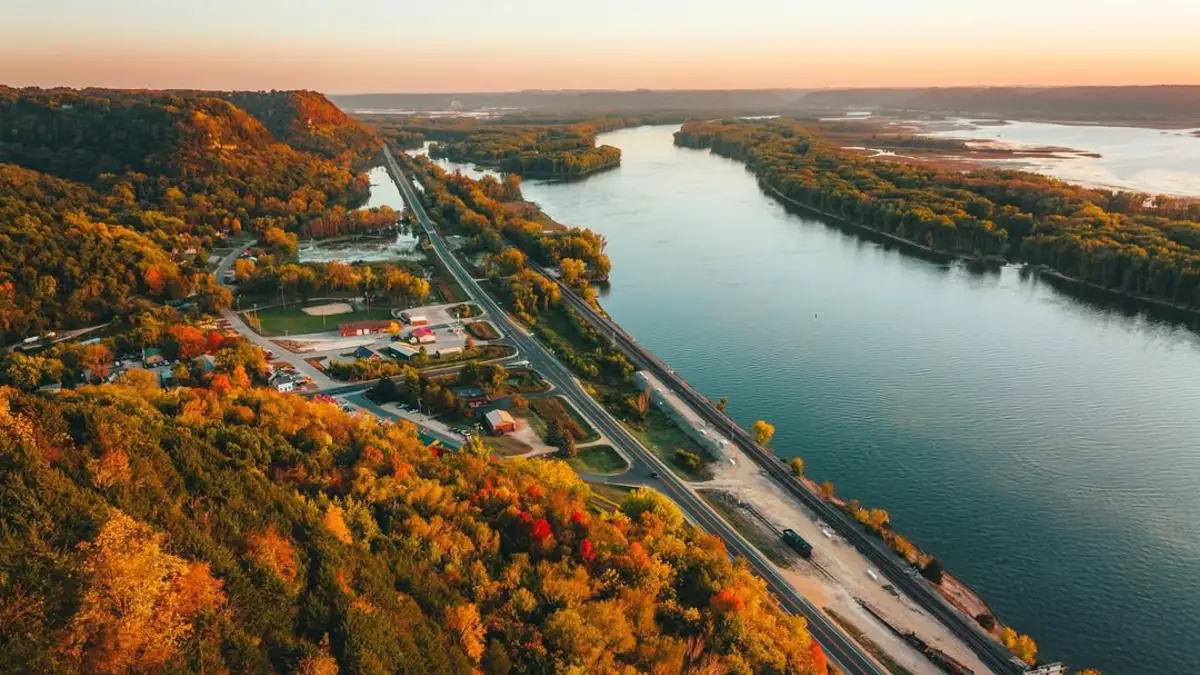
Off the northern tip of Wisconsin, scattered like jewels in Lake Superior, are the Apostle Islands National Lakeshore. This group of 21 islands and 12 miles of mainland coast is a place of natural beauty and lake history.
The islands are famous for their amazing sea caves, carved from red sandstone by the lake’s constant waves. In summer, kayakers can paddle through these complex formations, exploring arches, tunnels, and echoing rooms.
In winter, the caves turn into a fantasy world of ice. Huge icicles and frozen waterfalls create strange, glittering palaces that hikers can reach by walking across the frozen lake.
California has its Channel Islands, a beautiful and remote group of islands. The Apostle Islands, however, offer a completely different and more changing experience because of the dramatic seasons.
The fresh water and the unique red sandstone create a landscape that has no equal on the Pacific coast.
Wisconsin’s beauty is varied. Door County, a lovely peninsula that sticks out into Lake Michigan, is often called the “Cape Cod of the Midwest.”
It has charming towns, lighthouses like the Cana Island Lighthouse, and limestone cliffs at Cave Point County Park. In the middle of the state, Devil’s Lake State Park has a beautiful lake surrounded by 500-foot quartzite bluffs.
It offers some of the best hiking and rock climbing in the Midwest. Farther south, the Wisconsin Dells show a unique landscape of sandstone cliffs carved by the Wisconsin River.
The Apostle Islands offer a quiet escape. While exact visitor numbers for the whole national lakeshore are not available, the trend for parks not on the coasts suggests a much less crowded experience than in California.
Wisconsin’s state parks get over 20 million visits a year. This shows a strong local love for the outdoors that is spread out over many different places.
9. Iowa

Iowa, the state known for cornfields, has some of the Midwest’s most surprising natural treasures. In the eastern part of the state, Maquoketa Caves State Park shows a world underground. It has more caves than any other state park in Iowa.
A six-mile trail system connects huge bluffs, a 50-foot natural bridge, and 13 different caves. These range from the huge, walkable Dancehall Cave, which was once used for community dances, to smaller passages for more adventurous explorers.
California has its own caves, but they are often single attractions. Maquoketa offers a dense and easy-to-reach network of caves inside a beautiful forest. It’s a unique combination for exploring.
The park’s history, with buildings made by the CCC in the 1930s, adds a touch of old-fashioned charm.
On the other side of the state, the Loess Hills rise from the Missouri River floodplain. This unique landform, found only in western Iowa and a small part of China, is made of deep piles of wind-blown silt.
This creates a landscape of steep ridges and rolling hills that feels almost unreal. The Loess Hills National Scenic Byway offers a 220-mile drive through this delicate and beautiful prairie landscape.
For a different view, Pikes Peak State Park in northeastern Iowa gives amazing views of the Mississippi River from high bluffs. You can watch barges move along the great waterway.
Want some space? Iowa’s state parks had a record 16.6 million visitors in 2020. This shows how much local people love them. While this number is high, it is spread across 83 parks.
This means that places like Maquoketa Caves, except on busy weekends, offer a much more manageable experience than a typical California attraction.
10. Missouri
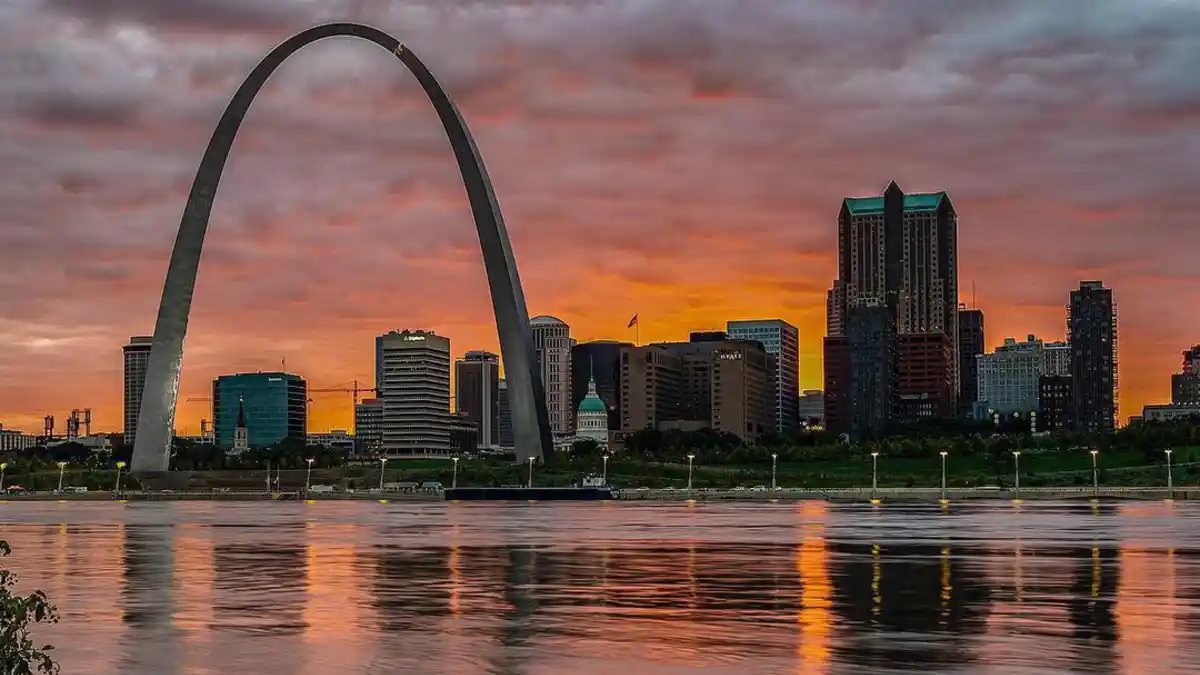
In central Missouri, looking over the Lake of the Ozarks, are the spooky stone ruins of an old European-style castle. This is the main feature of Ha Ha Tonka State Park, a place where interesting history meets amazing geology.
The park is a great example of karst topography, a landscape formed by the dissolving of rock. It is a wonderland of sinkholes, caves, a huge natural bridge, and Missouri’s 12th largest spring, which pumps out 48 million gallons of water a day.
Over 15 miles of trails wind through this natural playground. They lead you from the castle ruins on the bluff down to the bright blue waters of the spring below.
California has its own historic sites, like Hearst Castle. But Ha Ha Tonka offers the unique mix of a romantic ruin with a beautiful and easy-to-reach natural landscape. It is a place where you can explore both cultural history and natural science in one afternoon.
The park is just one great spot in the Missouri Ozarks. Johnson’s Shut-Ins State Park has a series of natural water slides and pools carved into ancient volcanic rock by the Black River. It creates a natural waterpark.
Elephant Rocks State Park is a natural playground of giant, billion-year-old granite boulders that look like a train of circus elephants. And farther south, the Ozark National Scenic Riverways protects the Current and Jacks Fork Rivers.
These are two of the best free-flowing streams in the Midwest, perfect for canoeing and fishing.
Want some space? Ha Ha Tonka State Park had 543,406 visitors in 2022. While popular, this number allows for a comfortable visit of its many features.
It’s very different from the shoulder-to-shoulder crowds at many of California’s coastal state parks. The entire Missouri state park system gets about 20 million visitors a year, spread across a large network of parks.
11. Oklahoma
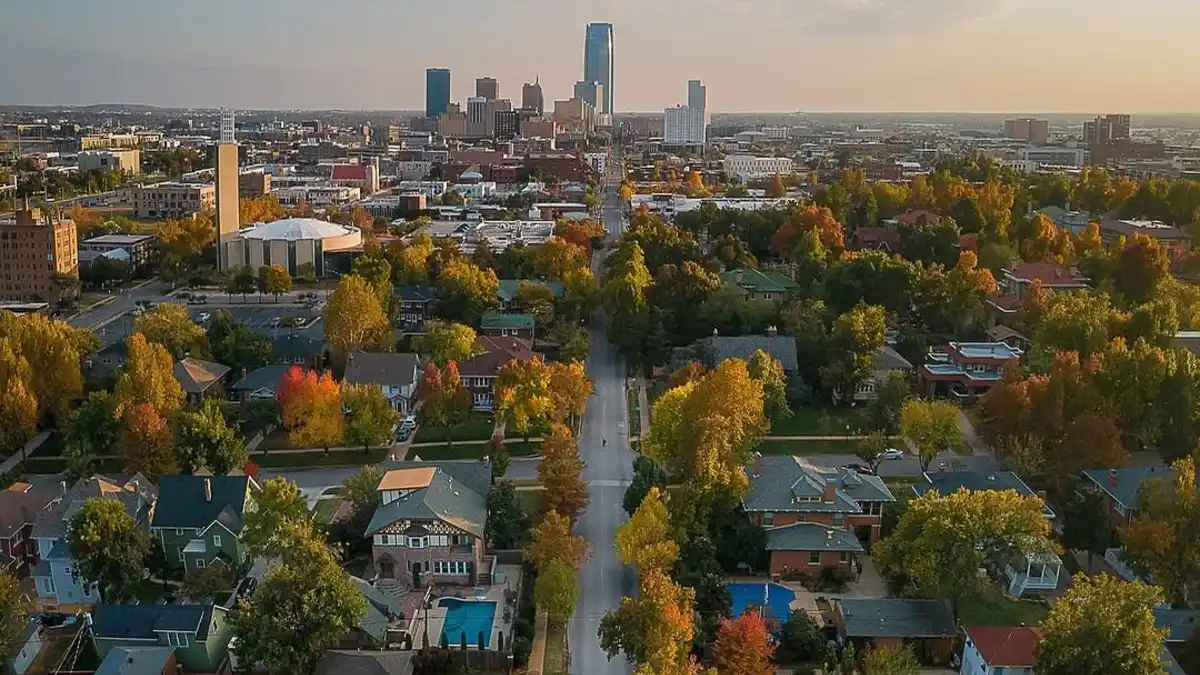
Rising suddenly from the plains of southwestern Oklahoma are the Wichita Mountains. This is an ancient granite range that is older than the dinosaurs. The Wichita Mountains Wildlife Refuge covers over 59,000 acres.
It protects this unique landscape of rocky peaks, mixed-grass prairie, and clean lakes. This is a place where free-range herds of American bison and Texas Longhorn cattle roam.
A drive to the top of Mount Scott gives you a breathtaking view of the surrounding plains and lakes.
The refuge’s hiking trails, like the tough Narrows Trail or the scenic Kite Trail, lead through canyons and along rocky ridges. They offer a sense of rugged wilderness that breaks any stereotype of Oklahoma as flat and boring.
California’s Joshua Tree National Park is famous for its granite hills and boulder piles. This makes it a popular place for rock climbers. The Wichita Mountains offer a similar landscape of ancient granite but with one big difference: water.
The many lakes and streams in the refuge create a greener, more lively ecosystem. It supports a greater variety of wildlife and offers a different kind of beauty than the dry Mojave Desert.
Oklahoma’s scenic variety spreads across the state. In the southeast, Beavers Bend State Park in the Ouachita National Forest offers a landscape of pine forests, clear rivers, and the misty Broken Bow Lake.
It feels more like the Pacific Northwest than the Southwest. The Talimena National Scenic Byway provides a beautiful 54-mile drive along the top of these mountains, especially in the fall.
And in the northeast, Natural Falls State Park is a quiet spot with a 77-foot waterfall that flows into a peaceful pool, surrounded by ferns and flowering trees.
Want some space? While exact visitor numbers for the Wichita Mountains Wildlife Refuge are not given, its location and status as a refuge instead of a national park suggest far fewer visitors than California’s major parks.
This allows for a personal and uncrowded wildlife viewing experience. Oklahoma’s state parks saw a record 11.6 million visitors in 2021, showing there are plenty of outdoor spaces for fun.
12. Kentucky
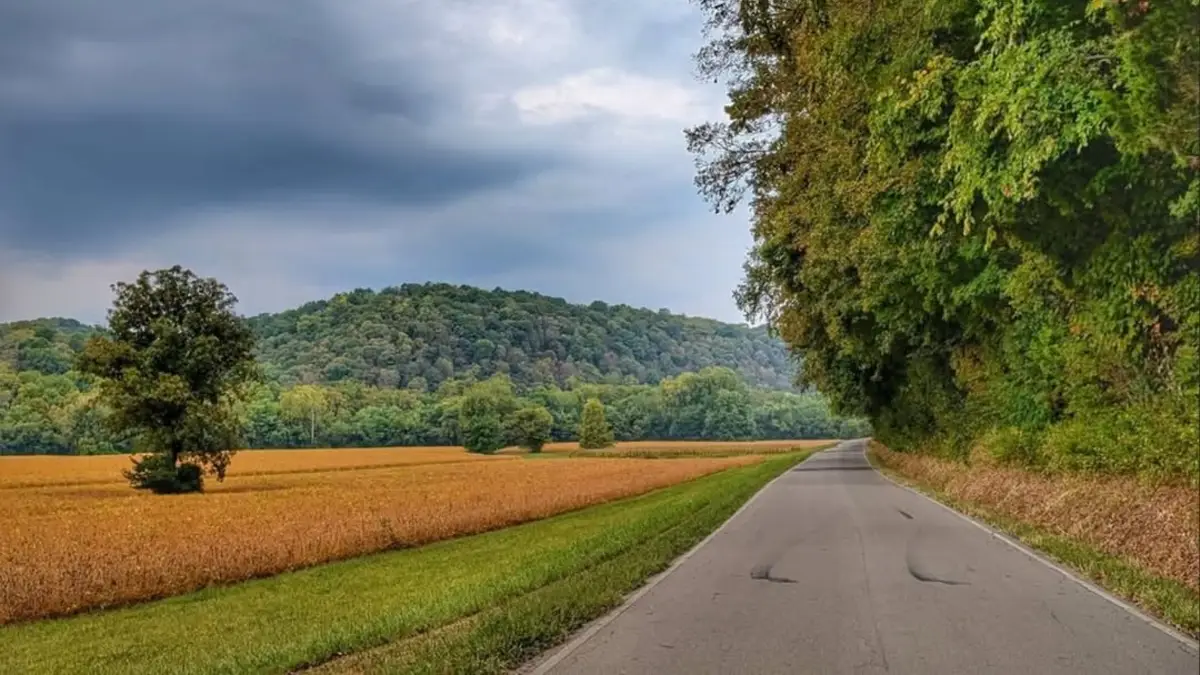
An hour east of Lexington, inside the huge Daniel Boone National Forest, is a landscape of amazing beauty: the Red River Gorge.
This federally-protected Geological Area is a canyon system known for its many natural sandstone arches, tall cliffs, and unique rock shelters. With over 100 known arches, it is one of the largest groups of these formations east of the Rocky Mountains.
The gorge is a top destination for rock climbers. But it is just as good for hikers, with trails leading to breathtaking sights like the huge Natural Bridge and the lovely Grays Arch.
California has its own natural arches, especially in the desert areas. However, the Red River Gorge offers a completely different setting. Here, the golden sandstone is surrounded by a lush, thick Appalachian forest.
The Red River, a designated Wild and Scenic River, cuts through the canyon floor. It offers chances for canoeing and kayaking. The experience is one of green, shaded beauty. It’s a big change from the sun-baked rock of the California desert.
Kentucky’s natural wonders are deep. In the south-central part of the state, Mammoth Cave National Park protects the longest known cave system in the world, with over 420 miles of explored tunnels.
To the southeast, Cumberland Falls State Resort Park is home to the “Niagara of the South.” This 125-foot-wide waterfall is one of the few places in the world that regularly creates a “moonbow” during the full moon.
And Cumberland Gap National Historical Park marks the famous break in the Appalachian Mountains that was a gateway to the west for pioneers like Daniel Boone.
Want some space? While the Red River Gorge is a popular local spot, its management as a geological area within a national forest allows for a more spread-out and less crowded visitor experience than a national park.
In 2023, Kentucky’s tourism saw 79.3 million visitors. But this includes a wide range of attractions, from bourbon trails to horse racing, which spreads the visitors across the state.
13. West Virginia
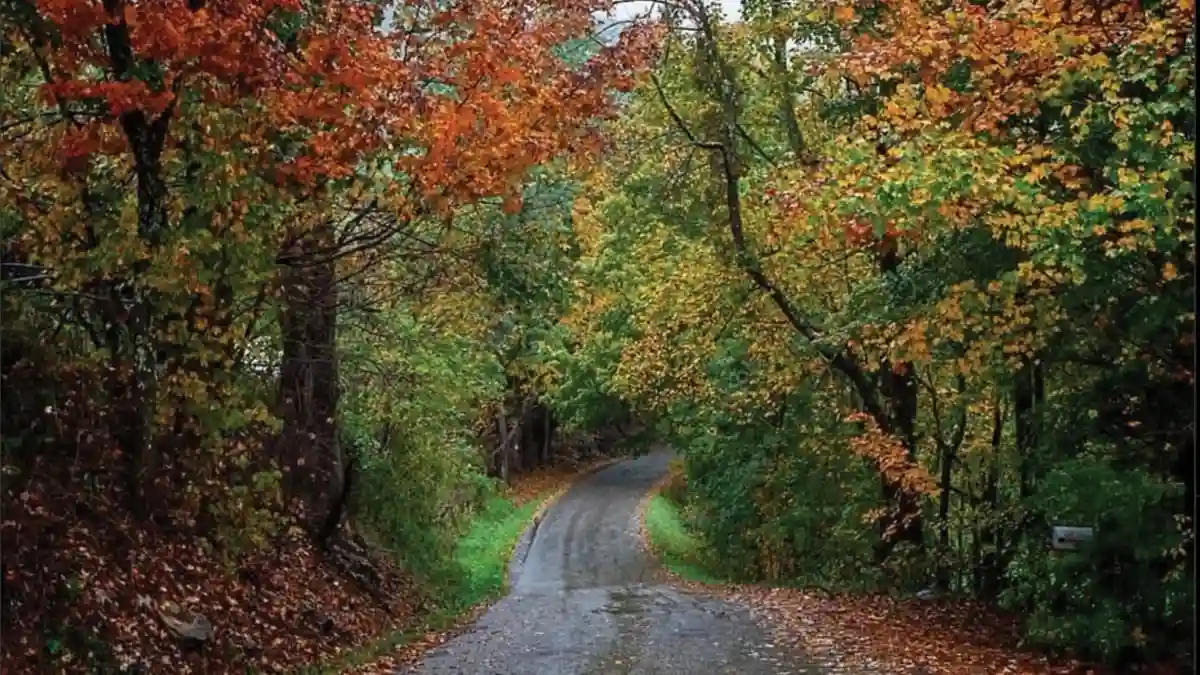
West Virginia is all about its mountains, and its best feature is the New River Gorge National Park and Preserve. The New River, which is actually one of the oldest rivers on the continent, has carved a spectacular 1,000-foot-deep canyon through the Appalachian Plateau.
The park is famous for the iconic New River Gorge Bridge. It’s a breathtaking steel arch that flies 876 feet above the water. But its real beauty is in the rugged, forested wilderness all around it.
It is a top spot for whitewater rafting, rock climbing, and hiking. Trails lead to amazing views like Grandview and old coal mining towns hidden in the gorge.
California has its big canyons, like Kings Canyon. But the New River Gorge offers a unique mix of world-class adventure sports, rich industrial history, and the green, leafy beauty of the Appalachian forest.
It feels both wild and deeply connected to the human history of the area.
For a truly strange landscape, the Dolly Sods Wilderness in the Monongahela National Forest is like no other. This high-altitude plateau has a unique environment of wind-swept plains, small spruce trees, and bogs.
The plant life is usually found much farther north in Canada. It is a backpacker’s dream of remote quiet and stark beauty.
The same national forest is also home to Seneca Rocks, a dramatic rock fin popular with climbers, and Spruce Knob, the highest point in the state, which offers 360-degree views from its observation tower.
Since it became a national park in late 2020, visits to New River Gorge have jumped, reaching a record 1.7 million in 2023.
While this is a big number, it is still less than half of Yosemite’s yearly visitor count. The park’s huge size allows for plenty of room to explore without feeling crowded.
14. Ohio
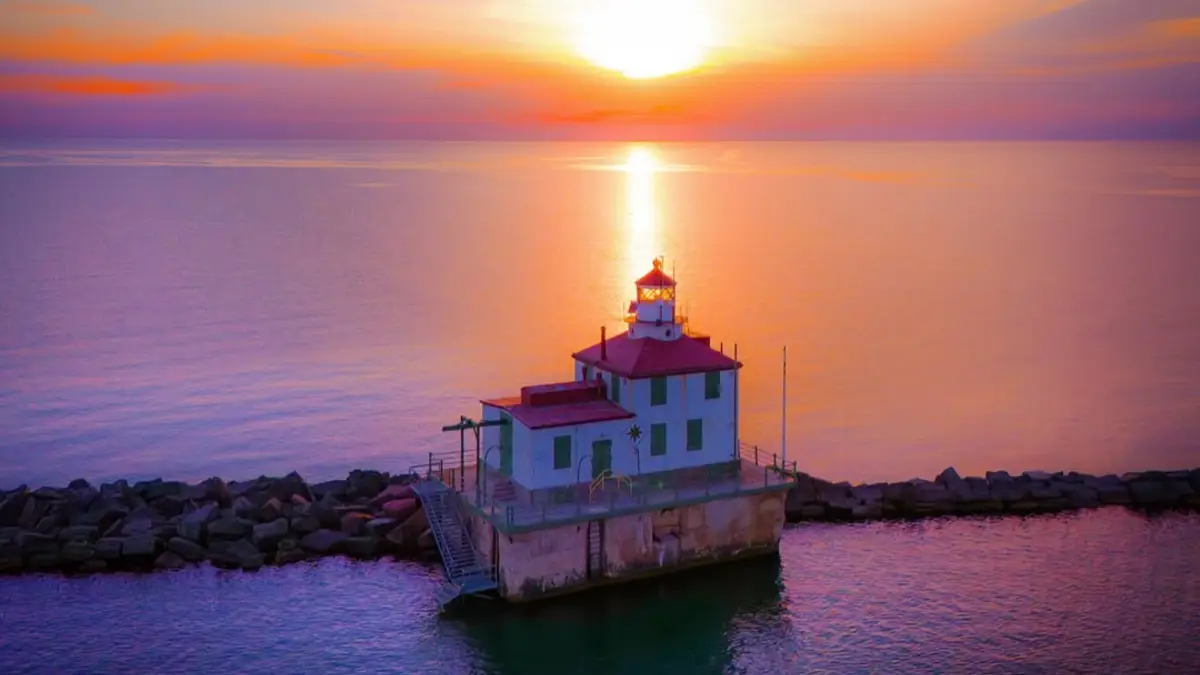
In the southeastern corner of Ohio, the flat Midwestern land changes to the Appalachian foothills. Here you’ll find an area of unexpected and dramatic beauty: Hocking Hills State Park.
This park is not one single place but a group of different areas. Each one has amazing sandstone formations, deep gorges, and lovely waterfalls.
The most famous sites sound like they are from a fantasy story: Old Man’s Cave, a gorge with several levels, waterfalls, and pools; Ash Cave, a huge cave with a sandy floor and a seasonal waterfall; and Cedar Falls, the park’s most powerful waterfall.
The trails wind through canyons shaded by hemlock trees, past tall cliffs and unique rock formations. It creates a world that feels far away from the nearby farmland.
California’s state parks often have coastal or mountain views. Hocking Hills offers a different kind of natural wonder. It’s a landscape of personal gorges and water-carved rock that makes you want to explore up close.
The greenness of the eastern forest, with its ferns, mosses, and tall trees, provides a rich, green setting that is a world away from California’s dry scrub and oak trees.
The scenic beauty of Ohio is not just in Hocking Hills. Cuyahoga Valley National Park, between Cleveland and Akron, protects a rural landscape along the “crooked river.” It offers hiking, biking on the Ohio & Erie Canal Towpath Trail, and a scenic railroad.
On the shores of Lake Erie, the Lake Erie Islands like Kelleys Island and Put-in-Bay offer a unique island-hopping experience with glacial grooves, wineries, and historic monuments.
And Nelson-Kennedy Ledges State Park provides a playground of rugged cliffs and unique rock formations for adventurous hikers.
Hocking Hills is one of Ohio’s most popular parks, and the state park system as a whole sees over 55 million visits a year.
However, Cuyahoga Valley National Park, with its 2.5 million annual visitors, offers a national park experience with far fewer crowds than its California counterparts.
15. New Mexico
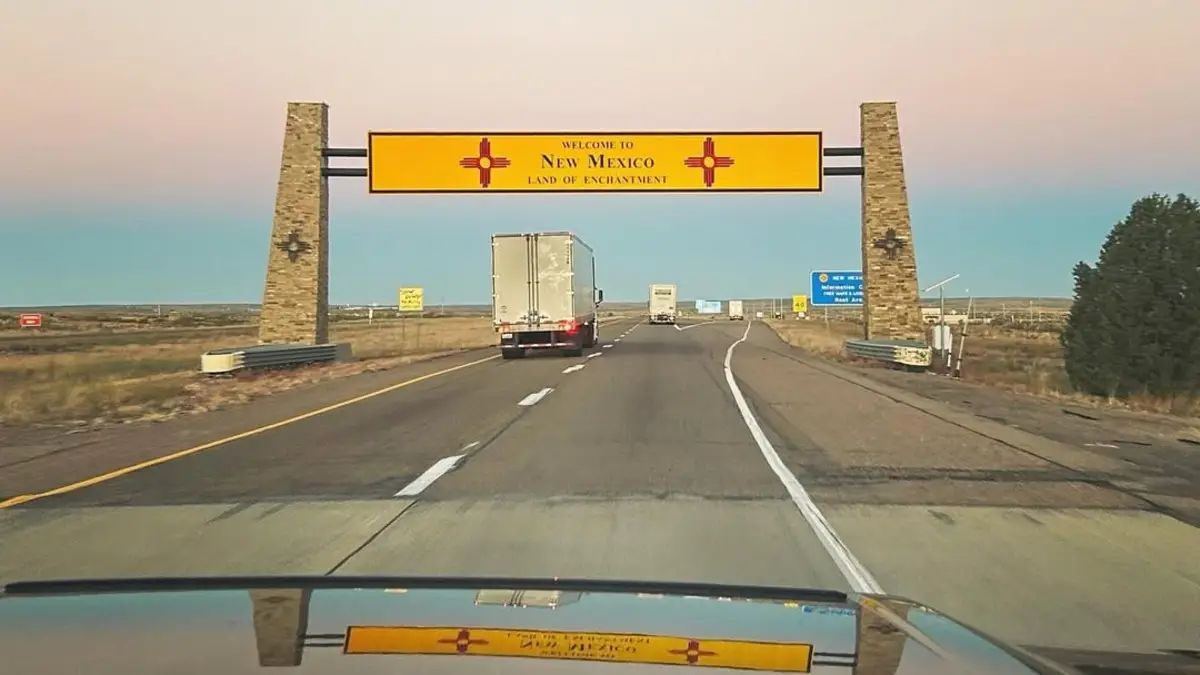
New Mexico, the “Land of Enchantment,” has some of the most strange and otherworldly landscapes on Earth.
In the northwestern corner of the state, the Bisti/De-Na-Zin Wilderness is a rolling badlands of weird rock formations, petrified wood, and bright colors. This is a fantasy world of hoodoos, balanced rocks, and cracked-egg-like formations, shaped by millions of years of erosion.
It is a place with no marked trails. It requires you to be self-reliant and adventurous. It rewards explorers with scenes that look like they belong on another planet.
Farther south, White Sands National Park offers another landscape of amazing strangeness. Here, a huge field of pure white gypsum sand has formed a sea of glistening dunes. It’s the largest of its kind in the world.
Sledding down the cool, soft dunes under a bright blue sky is an experience you won’t forget.
California’s Death Valley has its own famous sand dunes, but they are made of quartz and feldspar, which gives them a normal golden color.
The pure white of the gypsum at White Sands creates a much more striking and unique look, especially at sunrise and sunset when the dunes are painted in soft colors. The Bisti Badlands are a direct, and much less visited, competitor to the badlands formations found in Death Valley.
New Mexico’s scenic offerings are deep and varied. Carlsbad Caverns National Park has one of the largest and most beautifully decorated cave rooms in the world, the Big Room.
Valles Caldera National Preserve protects a huge volcanic caldera, an 89,000-acre depression filled with mountain meadows and full of elk.
And the Kasha-Katuwe Tent Rocks National Monument has cone-shaped rock formations created by volcanic ash and erosion.
White Sands National Park is the most visited NPS site in New Mexico, but its 729,096 visitors in 2023 are just a small part of the crowds at California’s desert parks.
The Bisti/De-Na-Zin Wilderness, with no official visitor count, offers an experience of almost complete quiet for those willing to explore its wonders.

